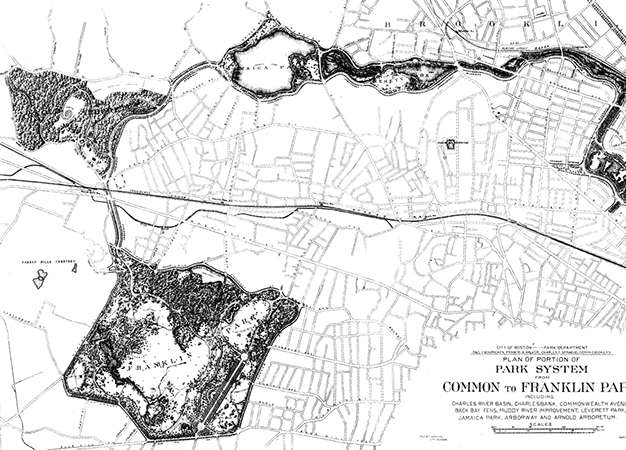footprint
Footprint is an academic journal dedicated to publishing architecture and urban research. The journal promotes the creation and development – or revision - of conceptual frameworks and methods of inquiry. It is engaged in creating a body of critical and reflexive texts with a breadth and depth of thought which would enrich the architecture discipline and produce new knowledge, conceptual methodologies and original understandings.
The fifth issue of Footprint investigates the question of metropolitan form. The necessity to focus on the scale of metropolitan areas is manifest as this is the dominant scale of contemporary global life. The process of urbanisation and the size of urban agglomerations have dramatically increased since the last decades. These dynamics alone demand radically changed thinking about internal spatial organisation and the form of urban regions. Yet, scholarly focus at the regional level has shifted away from spatial thinking of overall form towards issues of governance, socio-economic statistics, and global networks.
the landscape form of the metropolis
When the city disintegrates into an archipelago of fragments a new role is imposed on the landscape as a carrier of topographical characterizations, cohesion and continuity. The underlying landscape layer contains an annotated catalogue of situations, in which the genius loci is recorded and secured. These latent compositional elements are transformed into landscape architectural compositions within the topography of the emerging metropolis.
The landscape form of the emerging metropolis can be further understood and directed by classification and elaboration of movement space (landscape of flows), built space (the plantation), and open space (landscape theatre).
In the development of the metropolitan form the underlying landscape and its activation by means of landscape architectural interventions can take different positions: as carrier of the metropolitan structure, as open space in the metropolitan network (landscape theatre) , or as an indicator of place complementary to the generic character of the metropolis (narrative position, the ‘genius loci’).
in Footprint Issue 5 Autumn 2009 Metropolitan Form. In samenwerking met Rene van der Velde.
